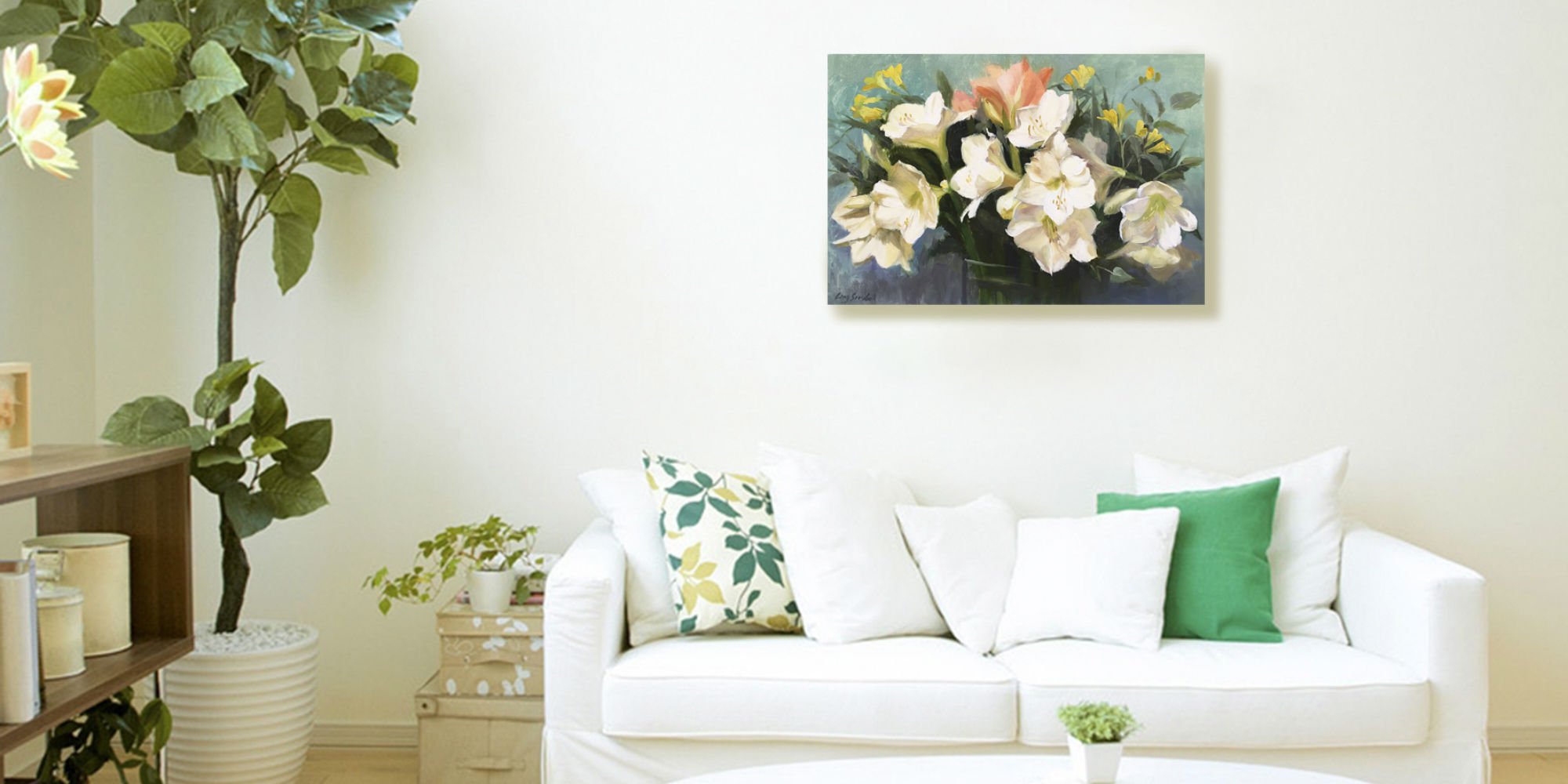There’s more to botanical art than you may know — it’s not all pretty flowers and leaves.
To be considered botanical art, drawings and paintings need to be scientifically accurate, but also feature artistic elements. To be a creator of botanical art, artists also need to moonlight as botanists. So, next time you view botanical art, consider the expertise and knowledge behind each piece — it’s not rocket science, but it’s science mixed with art, which we think is harder.
A brief history of botanical art
The earliest portrayals of plants and trees can be traced to more than 4000 years ago, when the ancient Egyptians incorporated them on the walls of their tombs and temples. Besides their artistic purpose, depictions of plants were also used to assist the identification of particular species for medicinal purposes.
Figures of plants and trees were often used to decorate ceramics or coins in Greek and Roman Art, and the Codex Vindebonensis, dating from 512 AD, is a magnificent example of botanical art featuring thousands of plant drawings that are truly exceptional for their naturalism. The purpose of medieval renditions of plants and trees was to preserve them for generations to come and to educate regarding the properties of each plant.
Botanical art boomed in the Age of Discovery, when artists travelled with scientists and explorers to collect evidence and illustrate plants and flowers from the New World. Maria Sibylla Merian (1647-1717) travelled to Surinam to illustrate new species, while Ferdinand Bauer (1760-1826) and Sydney Parkinson (1745-1771) explored Australia in search of new plants and flowers.
Contemporary botanical art
Today, botanical drawings and paintings are becoming increasingly popular. Contemporary artists often draw inspiration from the works of the 18th century masters, such as Georg Dionysius Ehret and Pierre-Joseph Redoute. And multiple organisations devoted to botanical art still exist, such as the Society of Botanical Artists in the UK or the American Society of Botanical Artists in the US.
Contemporary examples of botanical art are the result of the careful study of plants, and generally the subject is displayed against a blank backdrop with the purpose of emphasising its beauty and characteristics.
The difference between botanical art and botanical illustration
Accuracy is essential for both botanical art and illustration, but it is paramount for the latter. In botanical illustration, plants are often drawn at a 1:1 scale and are created from dried specimens of the plant.
The purpose of botanical illustration is to identify a certain plant, but on the other hand, botanical art doesn't always identify every single feature of a plant and doesn't need to showcase the plant at a 1:1 scale. Artists are less concerned with capturing the intricacies of a particular specimen and are instead looking to create works that induce an emotional response from the viewer.
The use of vellum
Vellum is a traditional medium used for botanical wall art. This translucent material is far more durable than paper and was a common medium for medieval books and manuscripts. Today, a great proportion of botanical art is created on vellum, as the interest in the medium has been revived.
Multiple types of vellum exist, and the traditional one is a durable and smooth surface obtained from the hairless skin of young calves (a little gross, we know). Luckily, there are modern versions of vellum, which are synthesized from vegetable matter and are more similar to paper, while retaining the smoothness of the original calfskin.
Freshen up your home with spring florals:
Cover image via Ling Strube


